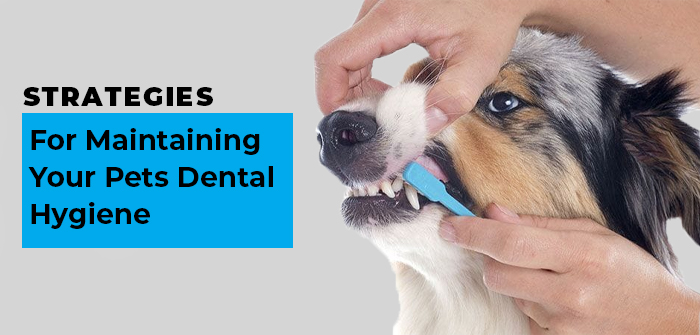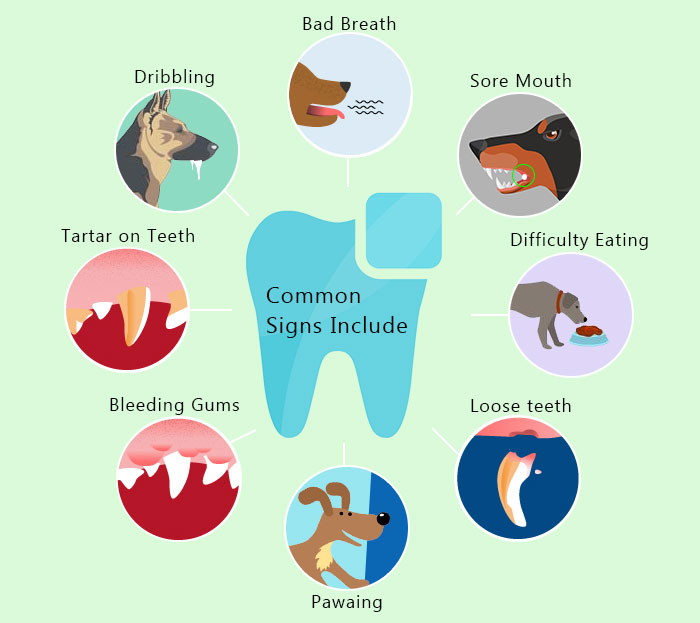Strategies for Maintaining Your Pets Dental Hygiene

According to a recent statistic in Australia, 60% of pets over the age of three suffer from dental diseases. This number is alarming and shows that pet parents do not take care of the dental hygiene of their pets as they should from an early age of the pet.
The other important fact to consider is that the dental diseases discussed in our earlier blog require veterinary attention which costs around $ 250 to $ 1000.
So the big question is why do pets have rotten teeth and gums in such a large number? The answer can be found from the fact that the food that is being fed to the pets is not their natural diet. This makes it difficult for them to chew it.
Cause of Dental Illness in Pets

Instead of raw meat and bones, pets are fed with tinned food and high levels of carbohydrates. This results in plaque on the teeth of the pets which ultimately ends up in the form of tartar. The tartar contains zillions of bacteria that can cause pain in the gums of the pets ultimately resulting in tooth loss.
Feeding dry food is not the answer to the problem. There are certain veterinary-prescribed diets that can prevent dental plaque formation, but they can be very expensive.
How to Treat
The only way to resolve this concern is by serving natural raw food that is good for the dental hygiene of pets like Hill’s Prescription Diet T/D Dental Care and Advance Triple Action Dental Care.
You also need special brushing techniques to help them sustain their dental hygiene. One way to do that is by purchasing a good toothbrush with flavoured toothpaste like Dentipet Toothpaste. Do not ever try a human toothbrush or toothpaste on the pet as it can lead to dangerous consequences.
Also, the correct way to brush the teeth of your pet is by gently brushing in a circular motion at a 45-degree angle one side at a time. The ultimate goal of this exercise is to make sure that all the bacterial formations on the surface of the pet’s teeth are removed so that there is no tartar formation and plaque buildup.
It is recommended to brush the teeth of your pet at least three times a week for best results. You can also purchase dental chews and treats. In fact, chew toys can be an ideal fit for pets as they make their teeth strong. Get these toys from the veterinarian after taking their suggestions about toxin-free, raw, rubber chew toys.
Once you follow these tips given above your pet’s dental hygiene will be good and their teeth will also be white and shiny without any danger of dental diseases.

